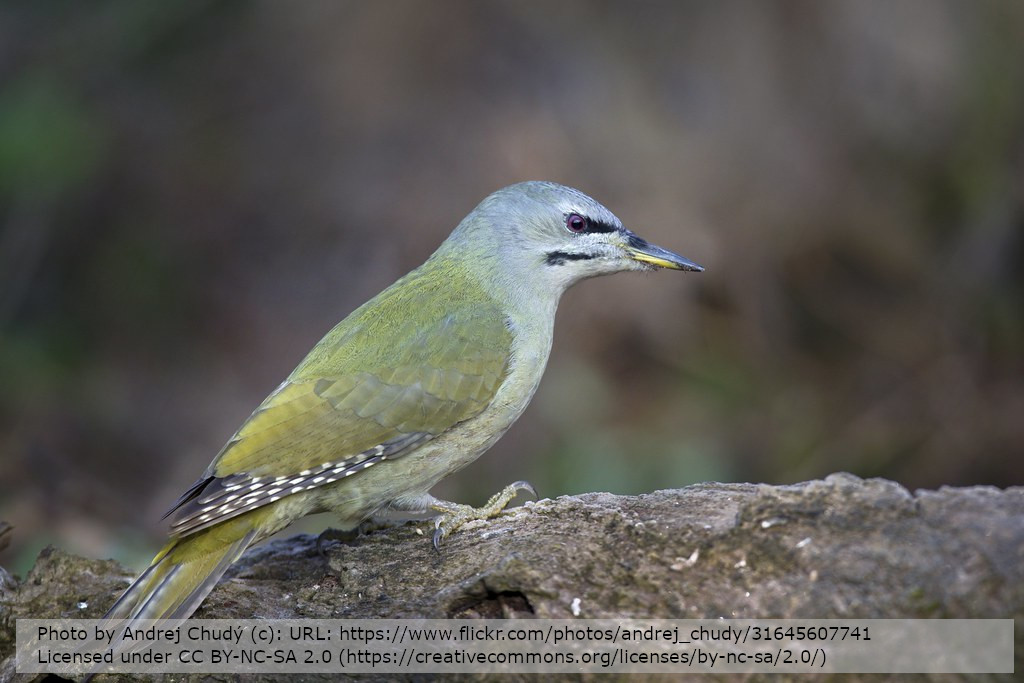Vinterbeteendet hos gråspetten Picus canus i förhållande till sentida populationstrender i Sverige
DOI:
https://doi.org/10.34080/os.v9.22917Nyckelord:
vinterekologi, habitatval, utbredning, antropogena effekter, sändermärkning, migration, flyttningAbstract
We recorded habitat use and movement patterns of 2 male and 3 female Grey-headed Woodpeckers with radio telemetry in coastal northern Sweden during the winter 1997/98. Home ranges of females were c. 20 km2 large, whereas the home ranges of the males tended to be smaller. Individual birds displayed long movements between day and night locations (maximum 6 km). The woodpeckers showed strong affinity to human settlements (=feeding stations) during daytime. No selection for sites with high abundance of large deciduous trees was found in conjunction with roosting. All radio-equipped woodpeckers disappeared within one-week in early April. Aerial surveys indicated a net displacement of the females of >50 km. Three of the marked woodpeckers (1 male and 2 females) reappeared at their old winter home range in October/November 1998, suggesting a migratory strategy. The findings are discussed in relation to recent population trends and the status of the Grey-headed Woodpecker on the Swedish Red Data list.
Nedladdningar

Downloads
Publicerad
Referera så här
Nummer
Sektion
Licens
Författaren/författarna innehar copyright för varje enskilt bidrag, men samtliga bidrag är publicerade under en Creative Commons-licens, så att vem som helst kan dela och återanvända bidraget förutsatt att copyright-innehavaren erkänns.







